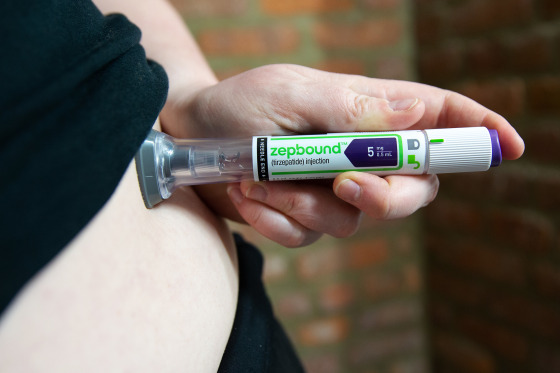Case Study Analysis: The Life of Meena Kumari and its Intersection with Sustainable Development Goals
SDG 3: Good Health and Well-being
The premature death of actress Meena Kumari at the age of 39 from liver cirrhosis on March 31, 1972, serves as a critical case study for Sustainable Development Goal 3. Her passing, which occurred shortly after the release of her landmark film “Pakeezah,” underscores the devastating impact of non-communicable diseases and highlights the urgent need for comprehensive health and well-being support systems.
- Preventative Healthcare: The case illustrates the critical importance of early diagnosis, management, and prevention of chronic conditions like liver cirrhosis.
- Mental and Physical Health Integration: Reports of personal issues impacting her life and career point to the necessity of integrated support systems that address both mental and physical health, a key target within SDG 3.
- Impact on Human Potential: Her death represents a significant loss of artistic and human potential, emphasizing how poor health outcomes can curtail contributions to society and the economy.
SDG 5: Gender Equality
The decade-long production of “Pakeezah,” delayed by the actress’s personal and marital challenges, can be analyzed through the lens of SDG 5. The societal and professional pressures faced by women, particularly those in high-profile careers during that era, reflect systemic issues related to gender equality.
- Empowerment and Support Structures: The narrative highlights a potential lack of robust support structures for women navigating personal crises while maintaining professional responsibilities. Achieving SDG 5 involves creating environments where women are supported both personally and professionally.
- Challenging Gender Norms: Her struggles reflect the intense scrutiny and specific challenges faced by women in the public eye, emphasizing the need to challenge restrictive gender norms and empower women to have agency over their personal and professional lives.
- Economic Participation: Despite personal hardships, her eventual success with the film demonstrates the significant economic and cultural contributions of women. Ensuring gender equality is crucial for unlocking this full potential, aligning with targets for full and effective participation of women in economic life.
Analysis of Sustainable Development Goals in the Article
1. Relevant Sustainable Development Goals (SDGs)
-
SDG 3: Good Health and Well-being
- The article directly connects to this goal by highlighting the premature death of Meena Kumari at the age of 39 from liver cirrhosis, a non-communicable disease (NCD). This focuses on the goal’s aim to ensure healthy lives. Furthermore, the mention of her “problems with personal issues” alludes to challenges with mental health and well-being, another key component of SDG 3.
2. Specific SDG Targets Identified
-
Target 3.4: By 2030, reduce by one-third premature mortality from non-communicable diseases through prevention and treatment and promote mental health and well-being.
- This target is directly relevant as the article describes a death at age 39, which is classified as premature mortality. The cause, liver cirrhosis, is a non-communicable disease. The reference to “personal issues” also aligns with the target’s objective to promote mental health and well-being.
-
Target 3.5: Strengthen the prevention and treatment of substance abuse, including narcotic drug abuse and harmful use of alcohol.
- While the article does not explicitly state the cause of the liver cirrhosis, this condition is strongly and frequently associated with the harmful use of alcohol. Therefore, this target is implicitly relevant as it addresses a primary risk factor for the disease mentioned.
3. Indicators for Measuring Progress
-
Indicator 3.4.1: Mortality rate attributed to cardiovascular disease, cancer, diabetes or chronic respiratory disease.
- The death from liver cirrhosis is a specific data point that would contribute to this indicator, which tracks mortality from major NCDs. The article provides a clear example of the type of mortality this indicator is designed to measure.
-
Indicator 3.5.2: Alcohol per capita consumption (aged 15 years and older) within a calendar year in litres of pure alcohol.
- This indicator is implied. Since liver cirrhosis is a known consequence of excessive alcohol consumption, tracking per capita alcohol consumption is a key preventative measure and a way to monitor progress towards Target 3.5. The article’s subject matter underscores the importance of this indicator in public health.
Summary Table of SDGs, Targets, and Indicators
| SDGs | Targets | Indicators |
|---|---|---|
| SDG 3: Good Health and Well-being | 3.4: Reduce premature mortality from non-communicable diseases and promote mental health. | 3.4.1: Mortality rate attributed to cardiovascular disease, cancer, diabetes or chronic respiratory disease. |
| 3.5: Strengthen the prevention and treatment of substance abuse, including harmful use of alcohol. | 3.5.2 (Implied): Alcohol per capita consumption. |
Source: timesofindia.indiatimes.com







